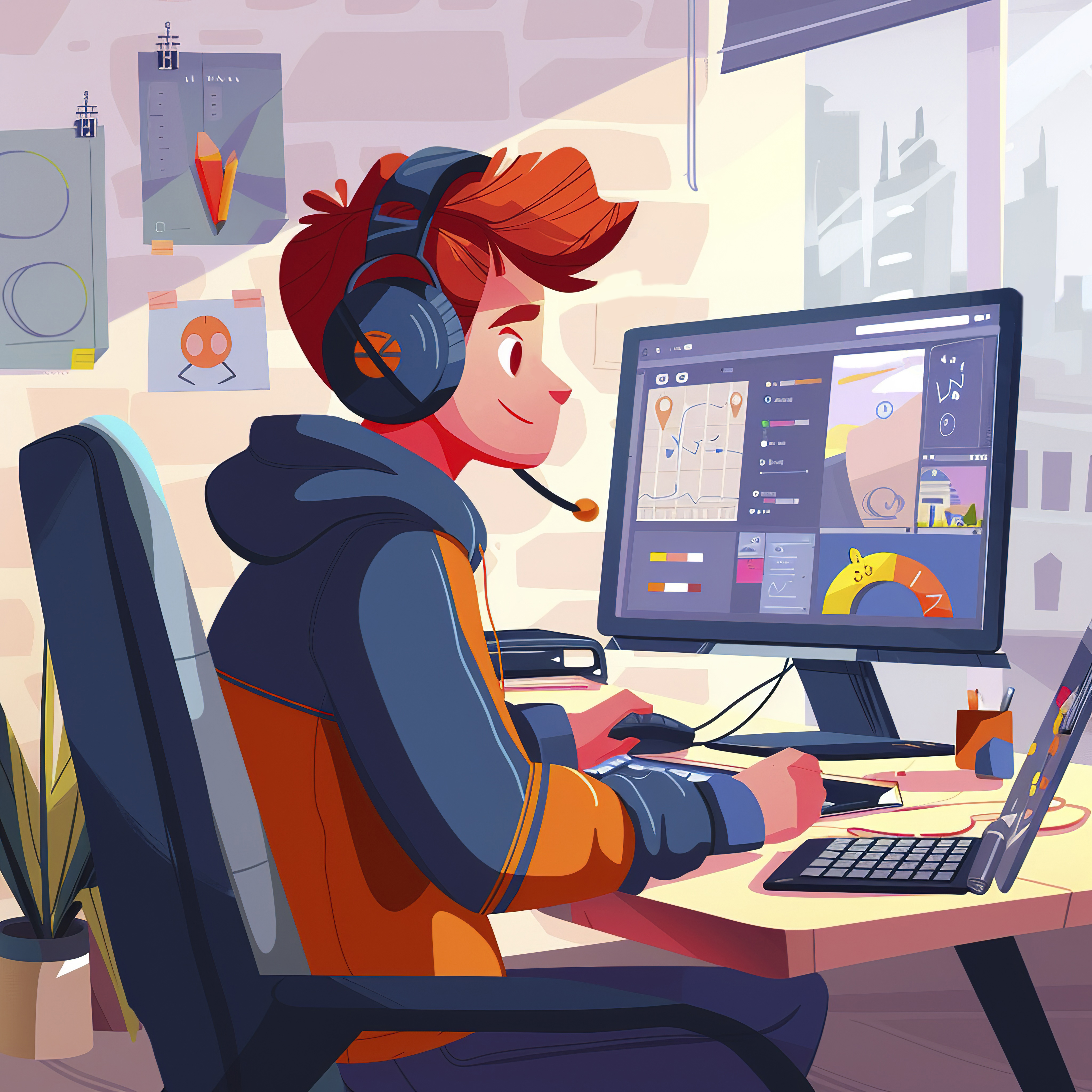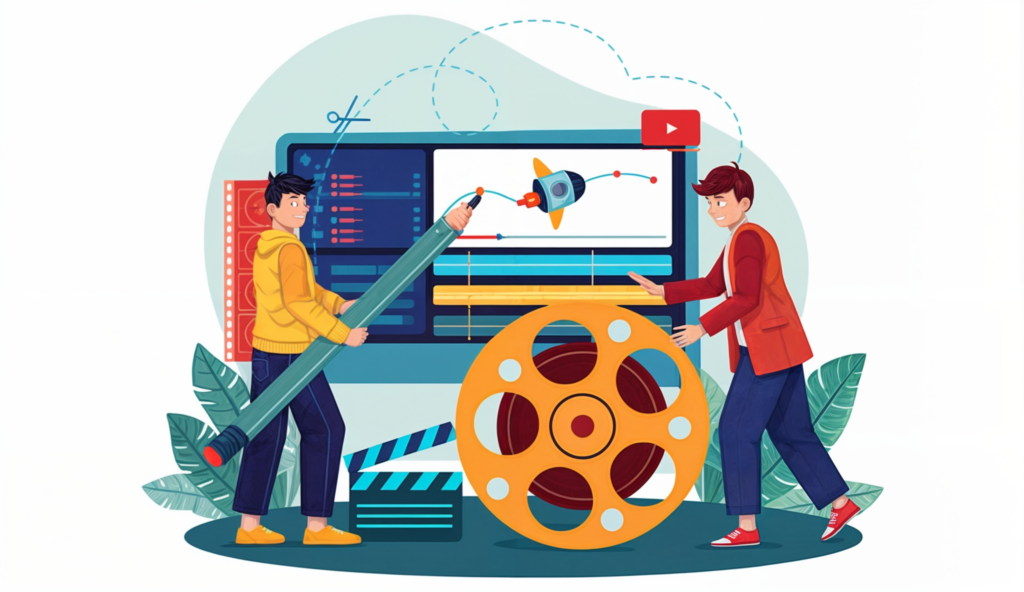
1: Evolution of Animation
1.1 Early Beginnings: Explore the origins of animation techniques,
from flip books to hand-drawn ani.

1.2 Technological Advancements: Discuss how technology has revolutionized animation, from traditional to CGI and motion capture
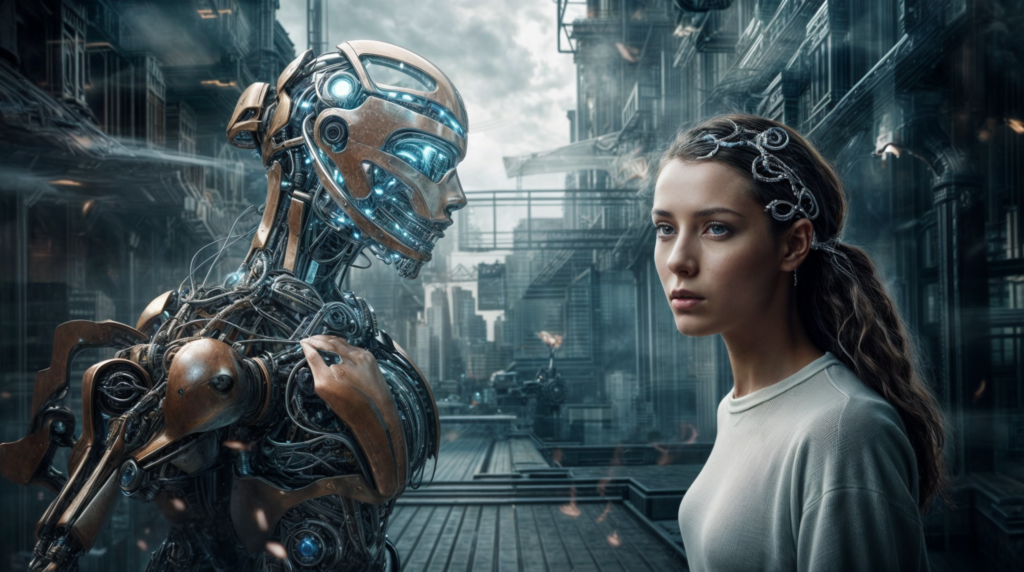
2 Types of Animation:
2.1 Traditional Animation: Explain the process of hand-drawn animation and its classic appeal

2.2 Computer Animation: Discuss CGI techniques, including 2D animation, 3D modeling, and software.

2.3 Stop Motion: Explore the unique charm of stop-motion animation and its applications in film and advertising:

3. Animation Techniques and Tools:
3.1 Storyboarding: Importance of storyboarding in planning animation:
Storyboarding is crucial in planning ani. as it provides a visual blueprint of the storyline. This process involves creating a sequence of drawings that outline key scenes and actions, helping animators visualize the narrative flow, timing, and composition. Storyboards ensure that the creative vision is clearly communicated among team members, allowing for efficient planning and problem-solving before production begins. By identifying potential issues early, storyboarding saves time and resources, making it an essential step in the workflow.

3.2 Character Design: How character design influences the narrative and emotional impact of animations.
Character design significantly influences the narrative and emotional impact of animations by defining the visual personality and emotional depth of the characters. Thoughtfully designed characters convey distinct traits, emotions, and backstories, which enhance audience connection and engagement. The visual style, including shapes, colors, and expressions, plays a critical role in storytelling, reinforcing the character’s role and the overall theme. Effective character design not only brings the narrative to life but also creates memorable and relatable figures that resonate with viewers long after the ends.
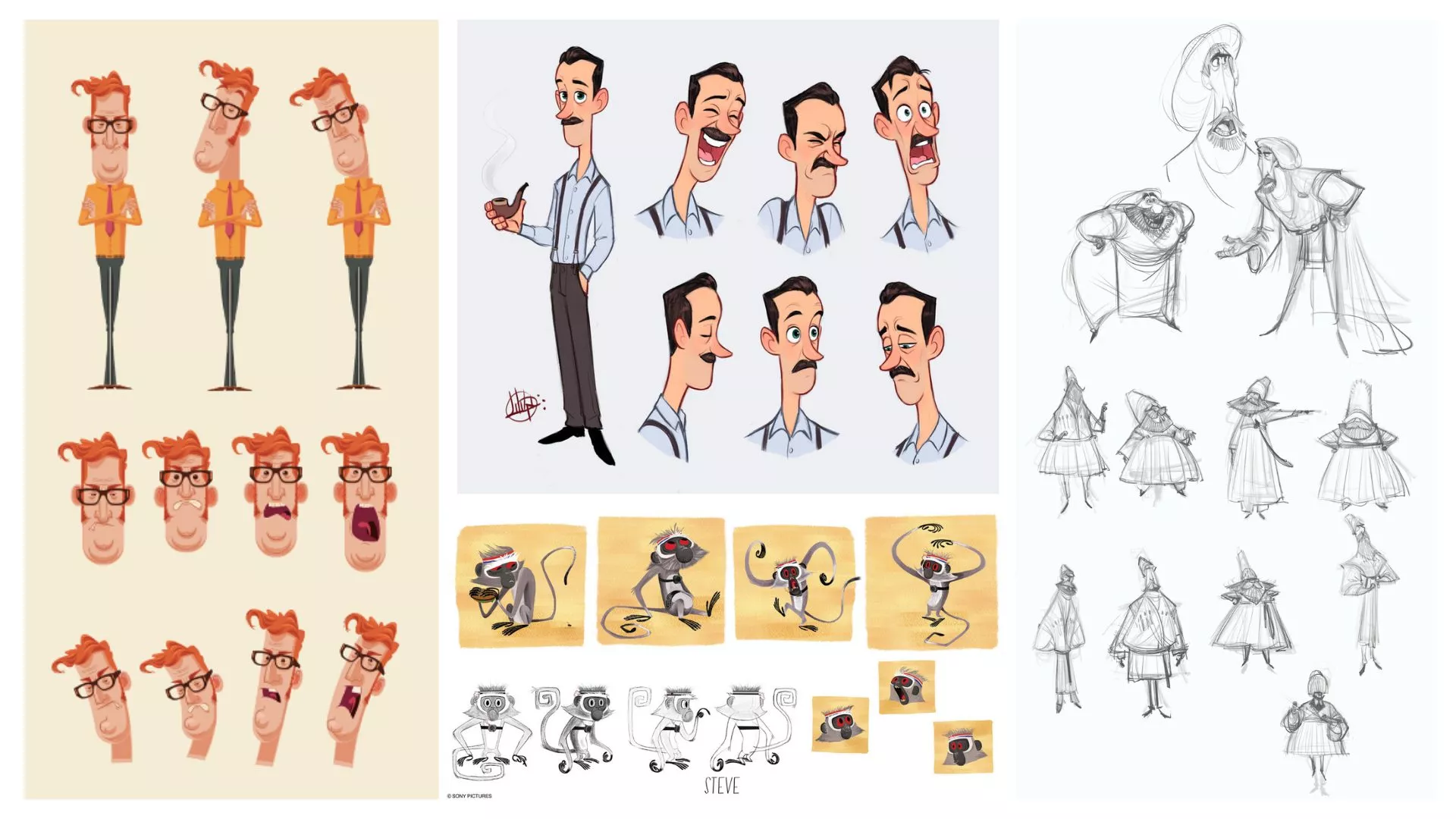
3.3 Animation Software: Popular tools like Adobe Animate, Autodesk Maya, and Blender, and their functionalities.
Popular tools like Adobe Animate, Autodesk Maya, and Blender are widely used in the industry, each offering unique functionalities. Adobe Animate excels in 2D animation, providing tools for frame-by-frame creation, vector graphics, and interactive content. Autodesk Maya is a leading choice for 3D work, known for its robust features in modeling, rigging, rendering, and simulation, making it ideal for creating complex, high-quality visuals. Blender, an open-source software, supports both 2D and 3D work with comprehensive features for modeling, sculpting, VFX, and video editing. These tools empower creators to bring their creative visions to life with precision and versatility.

Animation is the process of creating the illusion of movement by displaying a sequence of images or frames. These frames can be hand-drawn, computer-generated, or created using other techniques.
There are several types of animation, including traditional hand-drawn, stop-motion, 2D digital, 3D computer-generated, and motion capture.
Popular animation software includes Adobe Animate, Autodesk Maya, and Blender. Each has unique features suited for different types of animation work.
Character design plays a crucial role in storytelling by defining the visual personality and emotional depth of characters, which enhances audience connection and engagement.
Storyboarding helps plan the visual flow of the animation, ensuring that the storyline is well-structured and that the creative vision is communicated clearly among team members.
Read more :
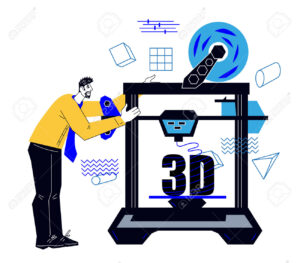
The Future of Manufacturing: Exploring the World of 3D Printing
What is 3D Printing? Imagine being able to create almost anything you can dream up, layer by layer, right from

What is INTERIOR DESIGN
Interior Design Interior design is the art and science of enhancing the interior of a space to achieve a healthier
What is ANIMATION
What is ANIMATION It refers to the technique of creating the illusion of motion and change by rapidly displaying a
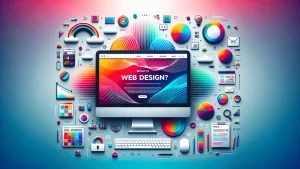
WHAT IS WEB DESIGNING?
Table of Contents “Achieve Success with Effective Web Design Strategies” What is Web design? Web design is the process of creating
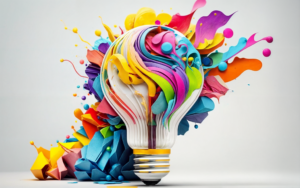
What is Graphic Designing ?
GRAPHIC DESIGNING BY-Anymakershub.com Graphic design is a creative field focused on visual communication and problem-solving through the use of typography,
